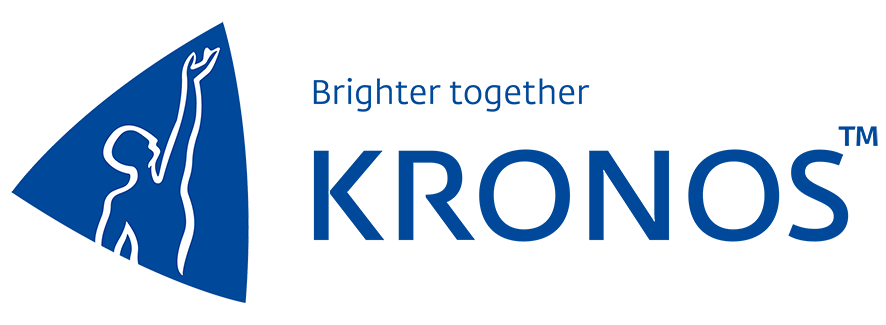Cybersecurity Threat Protection Measures Checklist
Implement and maintain measures to protect against cyber threats, ensuring confidentiality, integrity, and availability of data and systems.
I. Asset Identification
FAQ
How can I integrate this Checklist into my business?
You have 2 options:
1. Download the Checklist as PDF for Free and share it with your team for completion.
2. Use the Checklist directly within the Mobile2b Platform to optimize your business processes.
How many ready-to-use Checklist do you offer?
We have a collection of over 5,000 ready-to-use fully customizable Checklists, available with a single click.
What is the cost of using this Checklist on your platform?
Pricing is based on how often you use the Checklist each month.
For detailed information, please visit our pricing page.
What is Cybersecurity Threat Protection Measures Checklist?
Here is a possible answer to the FAQ:
- Vulnerability Management: Regularly scan systems and applications for vulnerabilities, and apply patches and updates within a specified timeframe.
- Firewall Configuration: Ensure firewalls are configured to allow necessary traffic while blocking unauthorized access.
- Intrusion Detection/Prevention Systems (IDPS): Implement IDPS to monitor network traffic for signs of unauthorized access or malicious activity.
- Antivirus and Antimalware Protection: Utilize up-to-date antivirus and antimalware software to detect and prevent malware infections.
- Encryption: Protect sensitive data both in transit and at rest using encryption technologies, such as HTTPS and Full-Disk Encryption (FDE).
- Regular Security Audits: Conduct regular security audits to identify vulnerabilities and weaknesses in systems and applications.
- Employee Education and Training: Provide ongoing cybersecurity awareness training for employees to educate them on potential threats and how to prevent them.
- Incident Response Plan: Develop and regularly update an incident response plan to ensure swift and effective action in the event of a security breach or other cyber-related incidents.
- Secure Password Policies: Implement strong password policies, including password rotation and multi-factor authentication (MFA), to protect against unauthorized access.
- Regular System Updates: Ensure all software, systems, and applications are up-to-date with the latest patches and updates to prevent exploitation of known vulnerabilities.
- Monitoring and Logging: Monitor system logs for suspicious activity and ensure logging mechanisms are in place to detect potential security threats.
- Secure Network Configuration: Configure networks securely, including segregation of sensitive data and implementation of network segmentation.
- Regular Backup and Recovery: Regularly back up critical data and develop a disaster recovery plan to prevent data loss in the event of a security breach or other incident.
- Compliance with Regulations: Ensure all cybersecurity measures are aligned with relevant regulations, such as GDPR, HIPAA, and PCI-DSS.
- Third-Party Risk Management: Assess and mitigate risks associated with third-party vendors and service providers who have access to sensitive data or systems.
How can implementing a Cybersecurity Threat Protection Measures Checklist benefit my organization?
Implementing a Cybersecurity Threat Protection Measures Checklist can significantly benefit your organization in several ways:
- Reduced Risk: By identifying and prioritizing potential threats, you can take proactive measures to minimize the risk of cyber attacks.
- Improved Compliance: A checklist ensures that your organization is compliant with relevant laws, regulations, and industry standards for cybersecurity.
- Enhanced Incident Response: With a clear plan in place, you'll be better equipped to respond to security incidents quickly and effectively, minimizing downtime and damage.
- Increased Efficiency: By streamlining processes and procedures, a checklist can help reduce the time and effort required to implement and maintain cybersecurity measures.
- Better Decision Making: A structured approach enables informed decision-making by providing a clear understanding of the organization's overall risk posture.
- Cost Savings: Identifying potential vulnerabilities and taking preventative measures can help avoid costly security breaches and associated expenses.
- Improved Customer Trust: Demonstrating a strong commitment to cybersecurity enhances customer trust and confidence in your organization.
- Competitive Advantage: Proactively addressing cybersecurity risks can give your organization a competitive edge in the market, particularly in industries where data protection is paramount.
By implementing a Cybersecurity Threat Protection Measures Checklist, your organization can proactively address potential threats, improve overall security posture, and reduce the risk of costly breaches.
What are the key components of the Cybersecurity Threat Protection Measures Checklist?
Incident Response Plan Vulnerability Management Program Endpoint Security Controls Network Segmentation and Isolation Firewall Configuration and Maintenance Intrusion Detection and Prevention Systems Authentication, Authorization, and Accounting (AAA) Data Backup and Recovery Process Regular Software Updates and Patches User Education and Awareness Training Physical Access Control and Monitoring
II. Risk Assessment
III. Network Segmentation
IV. Firewalls and Intrusion Detection/Prevention Systems (IDPS)
V. Encryption
VI. Access Control and Authentication
VII. Incident Response Plan
Expense Reduction
 34%
34% Development Speed
 87%
87% Team Productivity
 48%
48% Generate your Checklist with the help of AI
Type the name of the Checklist you need and leave the rest to us.
 Made in Germany
Made in Germany Fair Pricing Policy
Fair Pricing Policy




























 Certified Security and Data Protection
Certified Security and Data Protection Active Support and Customer success
Active Support and Customer success Flexible and Fully customizable
Flexible and Fully customizable